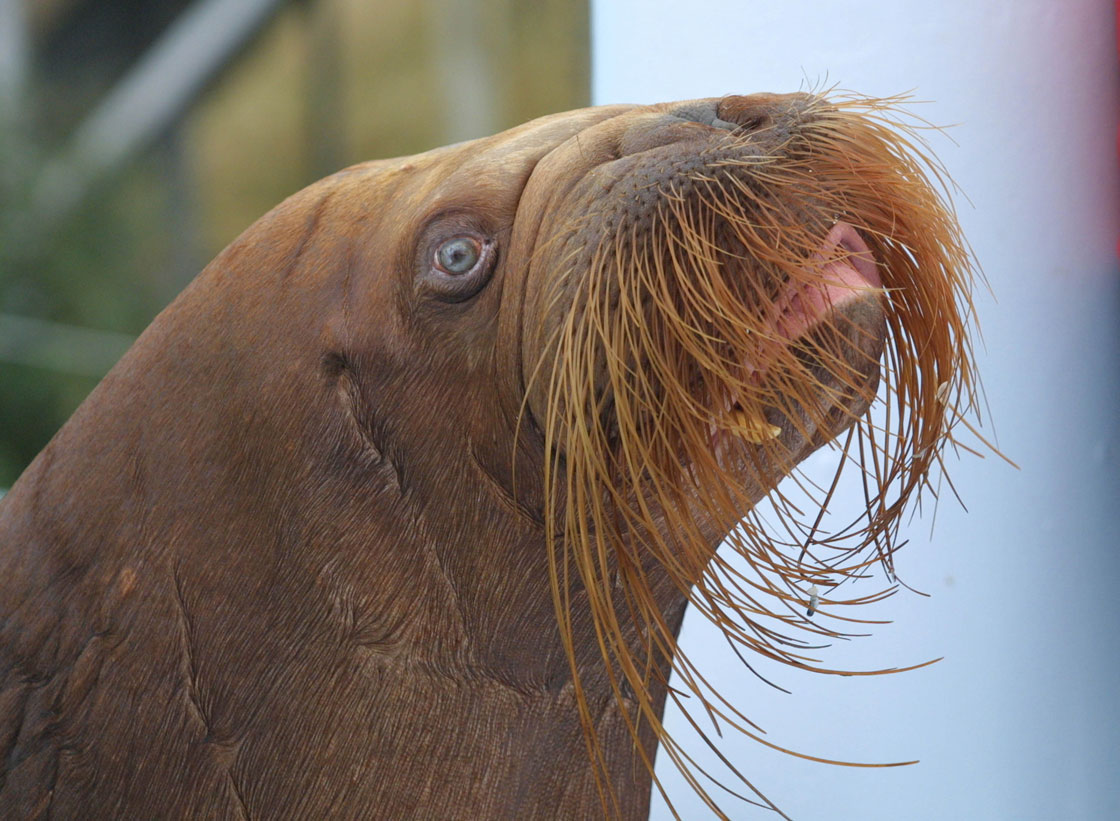ANCHORAGE, Alaska – The U.S. Fish and Wildlife Service is taking steps to protect hundreds of walrus that have gathered on Alaska’s northwest coast.

Spokeswoman Andrea Medeiros said Wednesday that the agency has begun its protocol to prevent stampedes among the animals that gather in close quarters on remote Arctic beaches. The measures include limiting flights in the area and warning nearby villages to avoid walrus herds.
The World Wildlife Fund, using photographs taken Saturday by federal scientists, estimates 2,000 to 4,000 walrus have come ashore on a beach near Point Lay, an Inupiat Eskimo community 300 miles southwest of Barrow and 1,120 km northwest of Anchorage.
If panicked by an airplane, a human hunter or a polar bear, walrus can stampede for the ocean, crushing pups. More than 130 mostly young walruses were crushed in September 2009 at Alaska’s Icy Cape.
Walrus females give birth in the Bering Sea, and as temperatures warm each summer, they use sea ice as a diving platform and follow the ice edge as it moves north through the Bering Strait and into the Chukchi Sea. Walrus cannot swim indefinitely. They use ice, rocks or beaches to rest. Sea ice provides a sanctuary for nursing walrus calves and the moving edge transports animals into new areas for clams, snails and marine worms.
With climate warming, however, sea ice in recent years has melted far beyond shallow Chukchi Sea waters and over areas where the bottom is 10,000 feet deep or more. Unless there’s remnant ice, many walrus chose to come ashore.
Walrus in large numbers were first spotted on the U.S. side of the Chukchi Sea in 2007. They returned in 2009, and in 2011, upward of 20,000 animals were counted near Point Lay,
Remnant ice kept walrus offshore in 2008 and again last year.
Margaret Williams, director of the WWF’s U.S. Arctic field program, said 2013 is shaping up to be one of the lowest on record for sea ice. Much of the Arctic’s wildlife depends on it, she said.
“These changes that we’re seeing are yet another sign of the rapid, rapid and dramatic change,” Williams said.

Comments